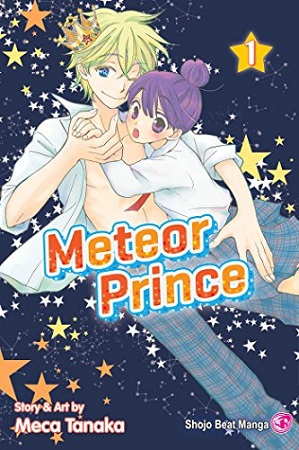Ooku: The Inner Chambers Book 10 feels like a final volume. The cover, a group shot with a white background, differs from the stark single-figure-against-black theme of the previous books in the series, and there’s an incredibly valuable extra included that wraps together many of the previous events. It’s a family tree showing all the shoguns and their key retainers that makes me want to reread the series, now that I better understand the relationships. I wish we’d seen this much earlier, to use as a reference, but I’m sure it was thought to reveal too much about upcoming twists.

Ooku: The Inner Chambers Book 10
I think Ooku: The Inner Chambers is still ongoing in Japan, so maybe I’m jumping to conclusions, but this book catches up with what’s been released there so far. Regardless, it’s wonderful that Viz has been so loyal to this series. It’s always been a difficult sale to English readers, since it’s an alternate-history fantasy steeped in Japanese knowledge. Americans in particular don’t have a good understanding of what it’s like to be part of a country with so many centuries of history behind it. (We only have two, and not even 50 leaders.) I’m sure the series reads differently to those who already had some idea of the various rulers being rewritten as secret women. For me, I know nothing about what will happen, keeping the leadership maneuvers fresh and surprising.
Ooku postulates a terribly vicious Redface Pox that kills only men. The result is a country where women take over, although they take male names, and the men are rare properties to be sheltered and protected. The ruling shogun has her own harem, kept in the Inner Chambers. The book tackles three main types of story: 1) the political machinations determining who will rule and what they will do; 2) the life of the men in the Ooku, with plots among them as they struggle for their own rankings; and 3) later in the series, the struggle to investigate and fight the illness.
That last plotline, which takes center stage in this book with important discoveries (another reason this volume has an air of finality), centers on Gennai, a talented investigator and creative thinker who travels the country disguised as a man so he can better find out more about how to treat this malady. His work contributes to the formation of a vaccination program, leading to the first real hope the country has had in fighting the pox.
I haven’t discussed the art, because anyone who knows the work of Fumi Yoshinaga knows how skilled she is. Her characters are beautifully delineated, with an elegance that comes through regardless of the many and varied emotions they demonstrate. Her storytelling, winding together all these various threads, from large-scale country-wide events to individual passions, is masterful.
Others have complained about the tone used for the translation, with the language given an aura of age with “thou”s and formal phrasing. I like it. It gives the reader a reminder of the historical nature of the events that fits with the formal costumes and imperial nature of the setting. It also suits the Shakespearean feel of some of the plots, as when family members love the same woman, leading to frustration from social rules, lovers kept apart, and eventually suicide.
Jealousy also drives a key event for Gennai, set upon and attacked a way that ruins the rest of his life. No one in these stories is ever truly happy. Restrictions and demands prevent most couples from staying together, and political plots lead to poisonings. Yet the country continues. Ooku: The Inner Chambers is an amazing series like nothing else out there, strongest in its insights into the universality of love and desire. I’m very glad to have read it.














